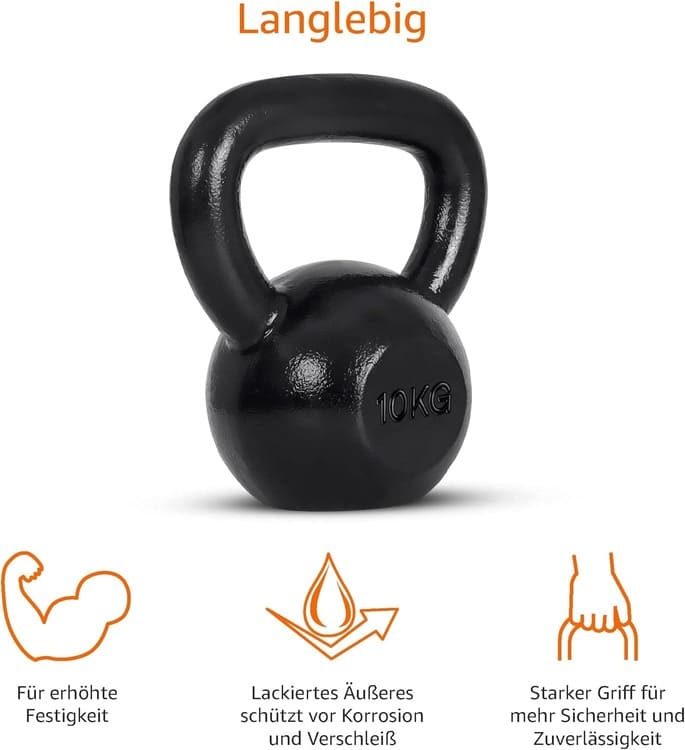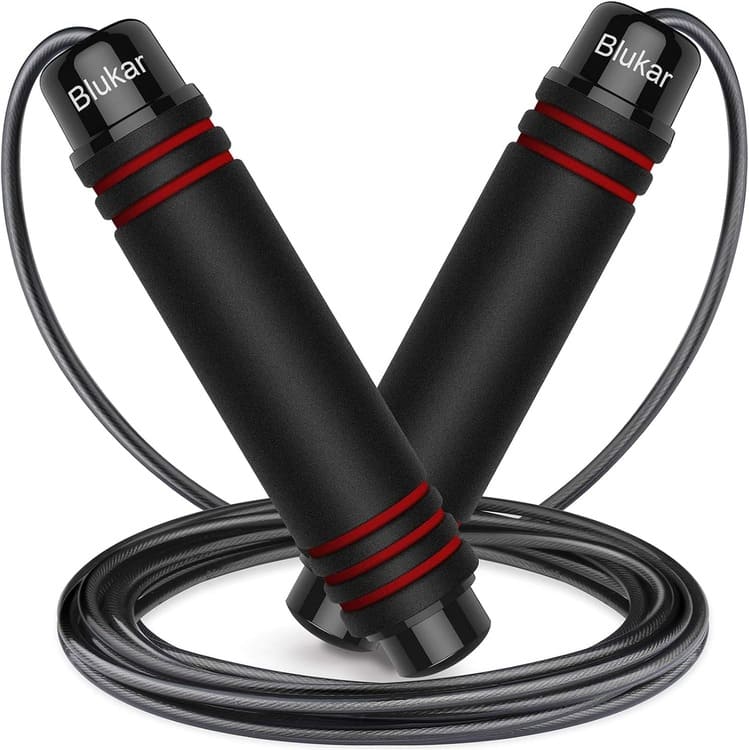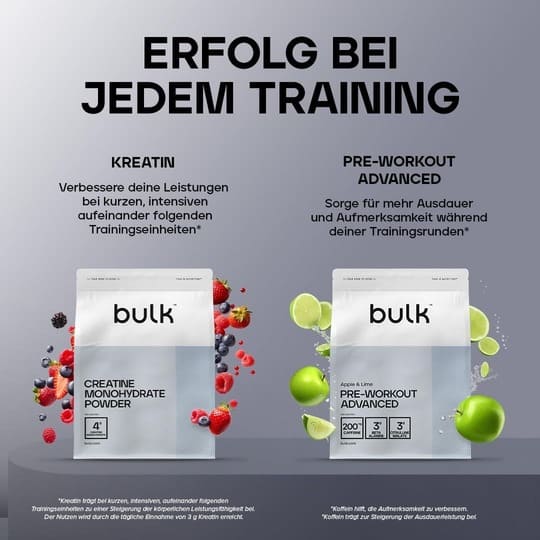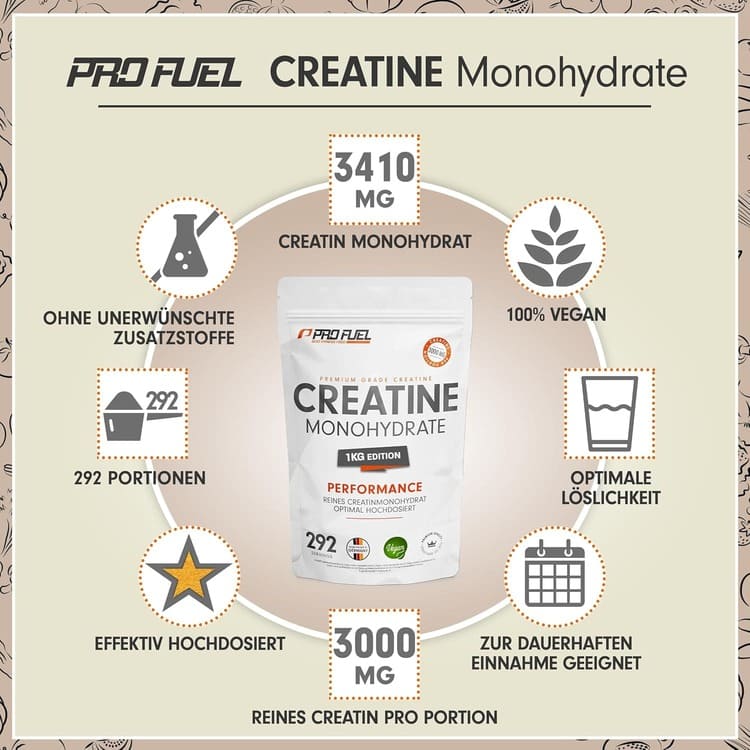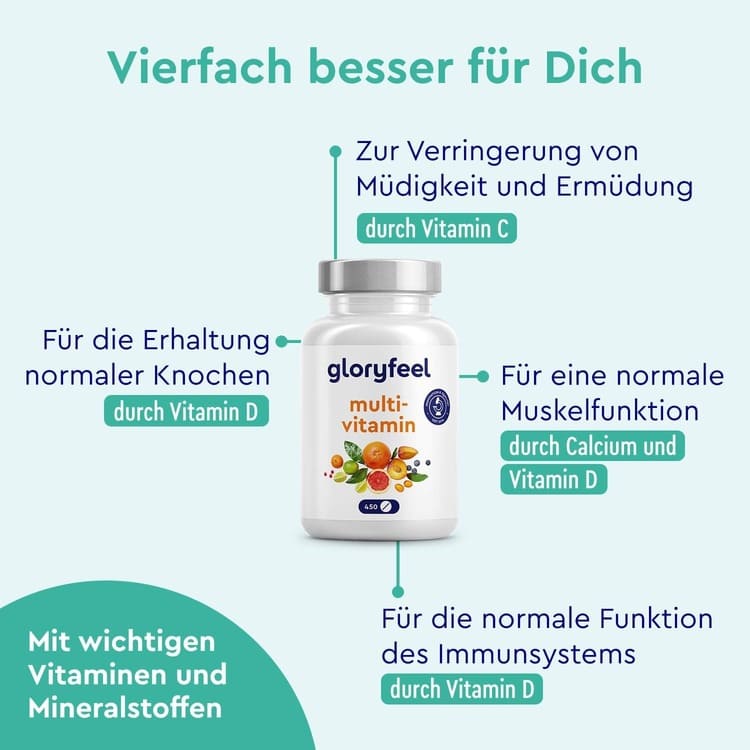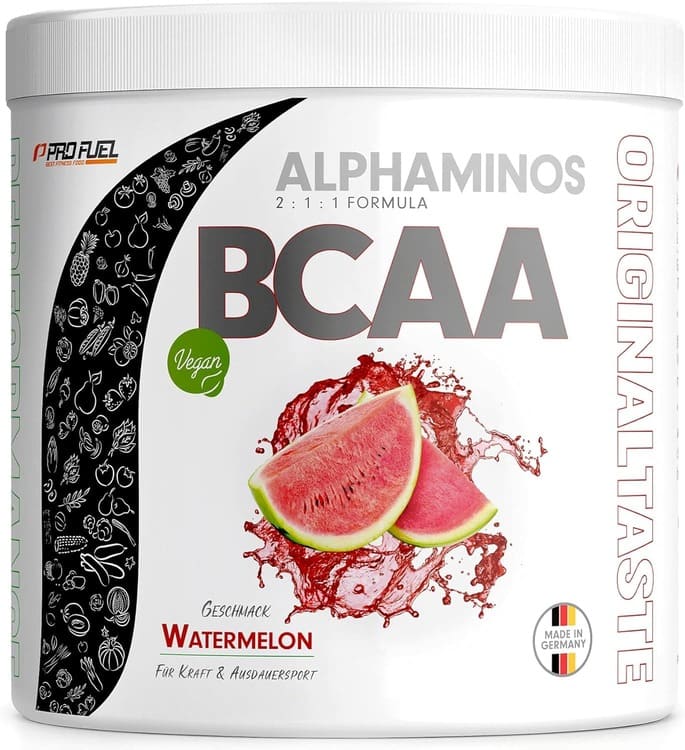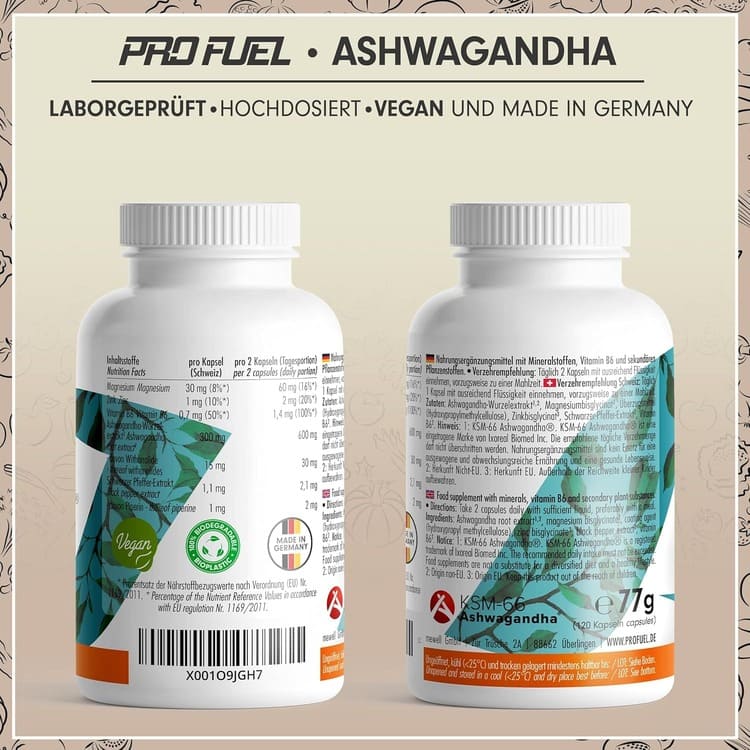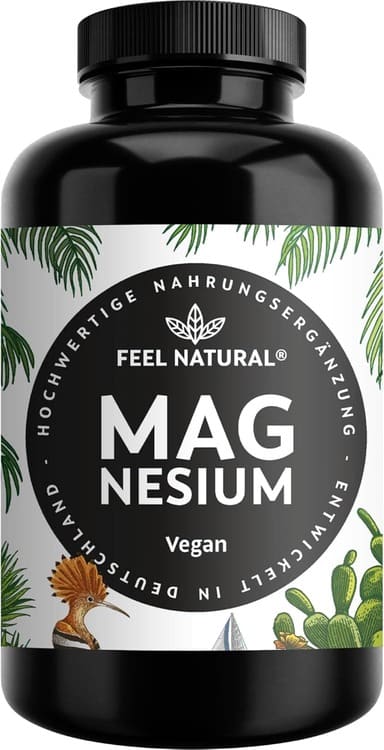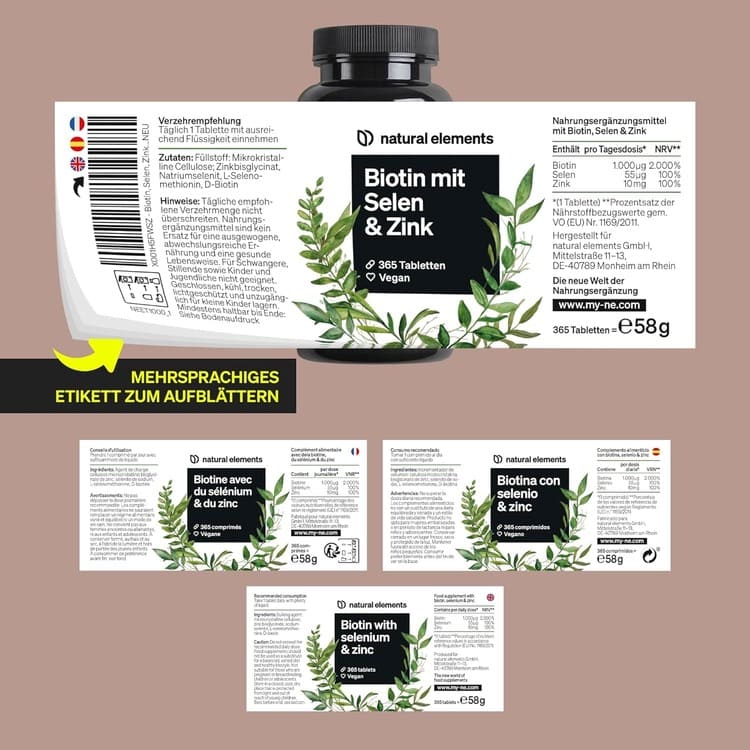[1] Kreider, R.B., Kalman, D.S., Antonio, J. et al. (2017). International Society of Sports Nutrition position stand: safety and efficacy of creatine supplementation in exercise, sport, and medicine. Journal of the International Society of Sports Nutrition, 14, 18. DOI: 10.1186/s12970-017-0173-z
[2] Morton, R.W., Murphy, K.T., McKellar, S.R. et al. (2018). A systematic review, meta-analysis and meta-regression of the effect of protein supplementation on resistance training-induced gains in muscle mass and strength in healthy adults. British Journal of Sports Medicine, 52(6), 376-384. DOI: 10.1136/bjsports-2017-097608
[3] Swanson, D., Block, R., & Mousa, S.A. (2012). Omega-3 Fatty Acids EPA and DHA: Health Benefits Throughout Life. Advances in Nutrition, 3(1), 1-7. DOI: 10.3945/an.111.000893 (Allgemeine Vorteile) und Philpott, J.D., Witard, O.C., & Galloway, S.D.R. (2019). Applications of Omega-3 Polyunsaturated Fatty Acid Supplementation for Sport Performance. Research in Sports Medicine, 27(2), 219-237. (Sportbezogen)
[4] Fletcher, R.H., & Fairfield, K.M. (2002). Vitamins for chronic disease prevention in adults: clinical applications. JAMA, 287(23), 3127-3129. DOI: 10.1001/jama.287.23.3127 (Diskutiert Nutzen zur Prävention bei Erwachsenen) und Huskisson, E., Maggini, S., & Ruf, M. (2007). The Role of Vitamins and Minerals in Energy Metabolism and Well-Being. Journal of International Medical Research, 35(3), 277-289. DOI: 10.1177/147323000703500301 (Rolle im Energiestoffwechsel).
[5] Fouré, A., & Bendahan, D. (2017). Is Branched-Chain Amino Acids Supplementation an Efficient Nutritional Strategy to Alleviate Skeletal Muscle Damage? A Systematic Review. Nutrients, 9(10), 1047. DOI: 10.3390/nu9101047 (Systematischer Review zu Muskelschäden). Jackman, S.R., Witard, O.C., Philp, A., Wallis, G.A., Baar, K., & Tipton, K.D. (2017). Branched-Chain Amino Acid Ingestion Stimulates Muscle Myofibrillar Protein Synthesis following Resistance Exercise in Humans. Frontiers in Physiology, 8, 390. DOI: 10.3389/fphys.2017.00390 (Stimulation der Muskelproteinsynthese).
[6] Salve, J., Pate, S., Debnath, K., & Langade, D. (2019). Adaptogenic and Anxiolytic Effects of Ashwagandha Root Extract in Healthy Adults: A Double-blind, Randomized, Placebo-controlled Clinical Study. Cureus, 11(12), e6466. DOI: 10.7759/cureus.6466 (Stress und Angst). Wankhede, S., Langade, D., Joshi, K., Sinha, S.R., & Bhattacharyya, S. (2015). Examining the effect of Withania somnifera supplementation on muscle strength and recovery: a randomized controlled trial. Journal of the International Society of Sports Nutrition, 12, 43. DOI: 10.1186/s12970-015-0104-9 (Muskelkraft und Erholung).
[7] Volpe, S.L. (2013). Magnesium in disease prevention and overall health. Advances in Nutrition, 4(3), 378S-83S. DOI: 10.3945/an.112.003483. Zhang, Y., Xun, P., Wang, R., Mao, L., & He, K. (2017). Can Magnesium Enhance Exercise Performance?. Nutrients, 9(9), 946. DOI: 10.3390/nu9090946 (Magnesium und sportliche Leistung).
[8] Patel, D.P., Swink, S.M., & Castelo-Soccio, L. (2017). A Review of the Use of Biotin for Hair Loss. Skin Appendage Disorders, 3(3), 166–169. DOI: 10.1159/000462981 (Review zu Biotin und Haarausfall, weist auf begrenzte Evidenz bei Nicht-Mangel hin).










